“Science and technology play a relevant and increasing role in finding acceptable solutions to meet customer demands.”
With the primitive humans and nomadic hunters discovering how to sow the seeds of grasses and reap crops of cereal grains, came the beginning of civilization, which, in many parts of world, has historically been based on diets relying on wheat, wheaten flour and the baked products made from flour – the principal product being bread.
The main functions of baking are to present cereal flours in attractive, palatable, digestible and useful forms.
Some of the popular bread and bread products include:

- Flat Breads
- Pan Bread
- Pretzel Bread
- Hamburger Buns
- Waffles
- Kaiser Rolls
Some areas to focus for developing innovative bread products:
01. New flours for allergic population
02. Variation in Packaging
03. Longer Shelf Life
When we analyze the growing number of new products innovations launched each year related to health topics; it seems that bread manufacturing companies are searching for new ways to attract new health conscious consumers.
Some of the upcoming trends in bread making are listed below:
Use of Functional Ingredients
Increasing the biological value and assignment of functional profile is one of the priority areas in the design of a new-generation dietary products that that can be achieved through:
- the use of raw materials and ingredients rich in biologically active and physiologically useful substances; for e.g. bread enriched with vegetable protein
- the modification of carbohydrate, fatty acid and aminoacid compositions of raw materials and ingredients that will ensure achieving the optimal balance the between physiologically useful components;

- the use of food additives of natural origin, which have a positive impact on the human body in metabolism and meet the modern requirements of adequate nutrition.
“Gluten-free and high protein breads can be made by supplementing flour with protein source such as wheat vital gluten, whey extract, casein, yeast or soya flour.“
Simple flow chart illustrating major steps involved in baking bread:

Gluten and allergen Free Breads
Although any type of food can cause an allergic response, 90 percent of all reactions are caused by eight allergens: peanuts, tree nuts, eggs, milk, fish, shellfish, soy and wheat.
Food Processors can select from a broad range of ingredients such as sorghum flour, millet flour to achieve the same level of functionality as in conventional formulas.

Microwave and Radio frequency baking
In both MW and RF baking, the dough is held for only a short period within the temperature range at which the activity of alpha-amylase is unwelcome, thereby permitting the use of a wheat grist of higher alpha-amylase activity than would be acceptable for conventional baking.
Click Here to Download PDF


